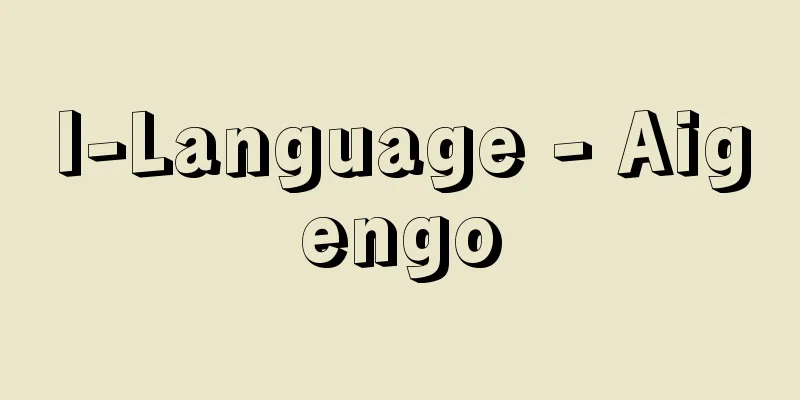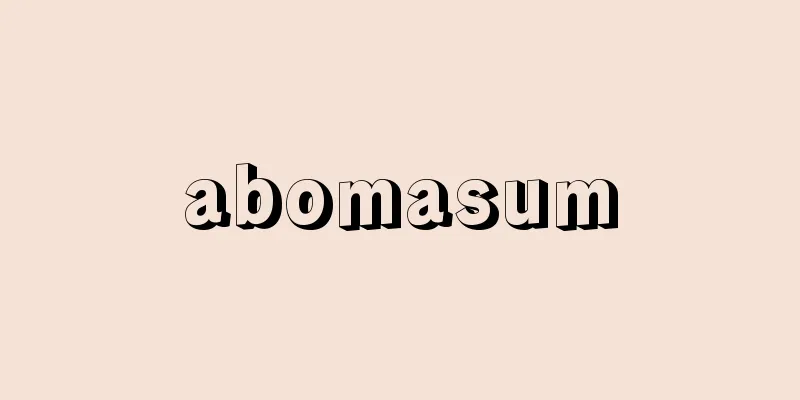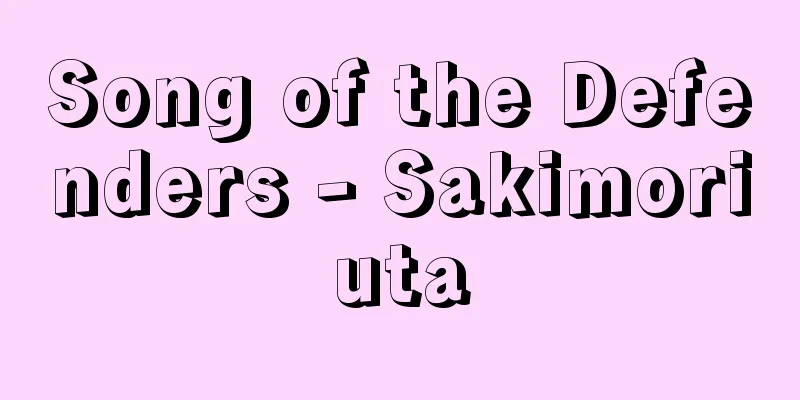Morphology

|
A fundamental branch of biology that explores the description and laws of form or structure. Morphology was originally a name given by Goethe to the dynamic concept of the study of formation and transformation. Modern morphology is called cytology, histology, organology, anatomy, etc. depending on the subject of research. Methods are divided into physiological morphology, which links the relationship between form and function, comparative morphology, which compares the forms of tissues and organs of different organisms to find general laws, and experimental morphology, which experimentally investigates the causal relationship of the formation of form. Cytology became independent after the cell theory was proposed by German botanist M. J. Schleiden and zoologist T. Schwann. Cytology has made great strides with the recent development of phase-contrast microscopes, ultraviolet microscopes, and electron microscopes. In particular, the development of research into the ultrastructural structure of cells has clarified the relationship between the form and function of organelles, and in some cases has made it possible to directly observe biological macromolecules. Histology is a kind of cell sociology that organically grasps the structure of a group of cells with a specific function and the interdependence between cells. Organology studies the structure and interrelationships of organs, and is based on the theory of homology between leaves and flowers. Comparative morphology was established during the development of descriptive biology, and the accumulated data on animals became the basis for the birth of the theory of evolution. Experimental morphology uses various surgical procedures (transplantation, explantation, removal, tissue culture), physical manipulations (centrifugation, ultraviolet and X-ray irradiation), and chemical treatments to clarify the process and mechanism of morphogenesis, especially in the field of experimental embryology. There is also a field called elementary morphology, which classifies the forms of living organisms based on their symmetry (axiality). [Yasushi Kobayashi] Source: Shogakukan Encyclopedia Nipponica About Encyclopedia Nipponica Information | Legend |
|
形または構造の記述と法則性を探究する生物学の基本的な一分野。形態学とは本来、形成および転成の学という動的な概念に対してゲーテが名づけたものである。 現在の形態学は研究の対象により、細胞学、組織学、器官学、解剖学などとよばれる。方法としては、形態と機能との関係を結び付ける生理形態学、異なる生物の組織や器官の形態を比較して一般的法則をみいだす比較形態学、形態の形成の因果関係を実験的に追究する実験形態学とに分けられる。 細胞学の独立は、ドイツの植物学者M・J・シュライデンと動物学者T・シュワンによる細胞説が唱えられてからである。最近の位相差顕微鏡、紫外線顕微鏡、電子顕微鏡の開発により、細胞学は飛躍的に発達した。とくに細胞の超微細構造の研究の発展は、細胞小器官の形態と機能との関係を明らかにし、場合によると生体高分子も直接観察できるようになった。組織学は、ある特定の働きをもつ細胞集団の構造および細胞間の相互依存性を有機的にとらえる、いわば細胞社会学ともいえる。器官学は、器官の構造と相互関係を研究対象とし、葉と花の相同論により基礎づけられた。比較形態学は、記載生物学の発展過程において成立し、動物での集積した資料は進化論の誕生の土台となった。実験形態学は、各種の手術(移植、外植、除去、組織培養)、物理的操作(遠心処理、紫外線やX線照射)、薬品処理などの方法を用い、とくに実験発生学の分野において形態形成の過程やその機構が明らかにされた。また、生物の形態を対称性(有軸性)によって分類する基本形態学という分野もある。 [小林靖夫] 出典 小学館 日本大百科全書(ニッポニカ)日本大百科全書(ニッポニカ)について 情報 | 凡例 |
<<: Civil War during the reign of Emperor Keitai and Emperor Kinmei
Recommend
Zoro
A mass-produced mobile suit that appears in the Ja...
Shimouke Dam - Shimouke Dam
This dam is located on the Tsue River, a tributary...
General structural steel
...(2) Names derived from the metal structure whe...
Grapholita inopinata (English spelling) Grapholitainopinata
…[Hiroshi Inoue]. … *Some of the terminology that...
Dress - Mogi
〘Noun〙 A ceremony in which aristocratic girls wear...
Eude(s) (English spelling) Eude
… [Establishment and power base] Before their acc...
Oginoyamanakahan
During the Edo period, this was a branch of the O...
Ban Biao - Tiger leopard
[3~54] Chinese historian of the Later Han Dynasty....
Rist, J. (English spelling) RistJ
...America is often called the "magazine kin...
Belly wrap - Harakake
It covers the front of the body from the chest to...
movie palace
...In the 1910s, feature-length films became comm...
Fureur et mystère (English: Fureur et mystère)
…He participated in the Surrealist movement and p...
Ezoshirocho (English spelling) black-veined white
This butterfly belongs to the order Lepidoptera a...
Hermaphrodite - Hermaphrodite
In biology, this refers to a case in which both m...
Sasakia charonda; great purple emperor
A butterfly of the Nymphalidae family in the Lepid...









